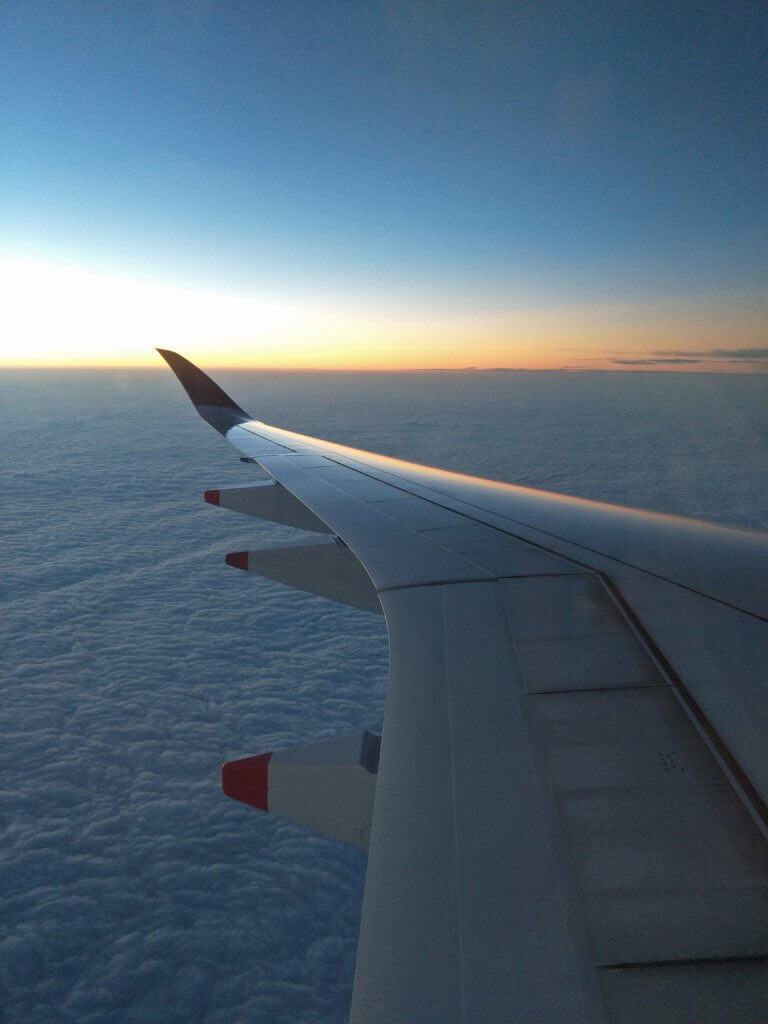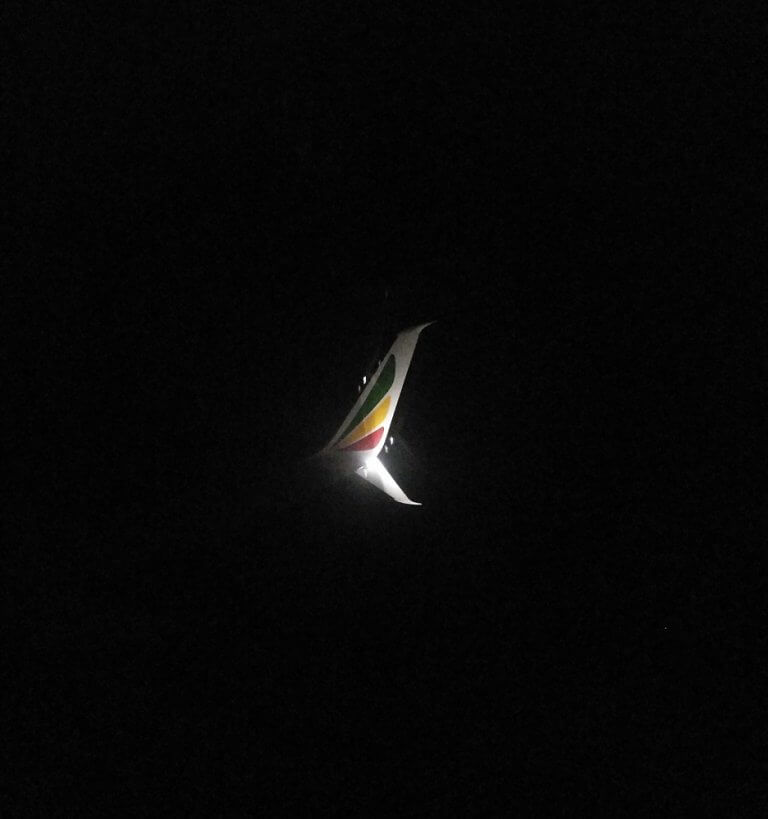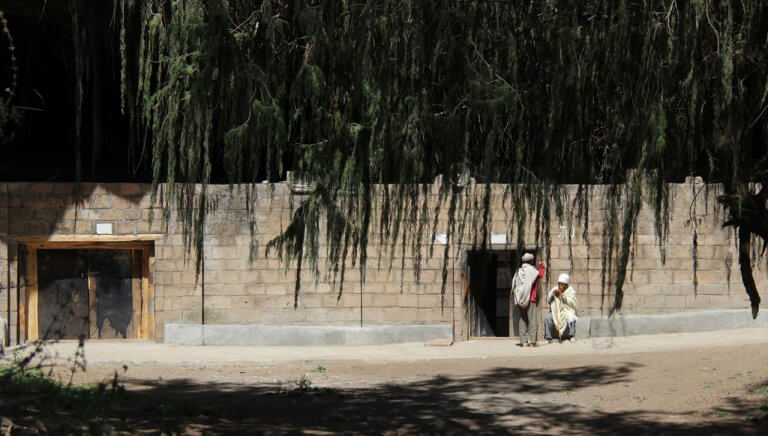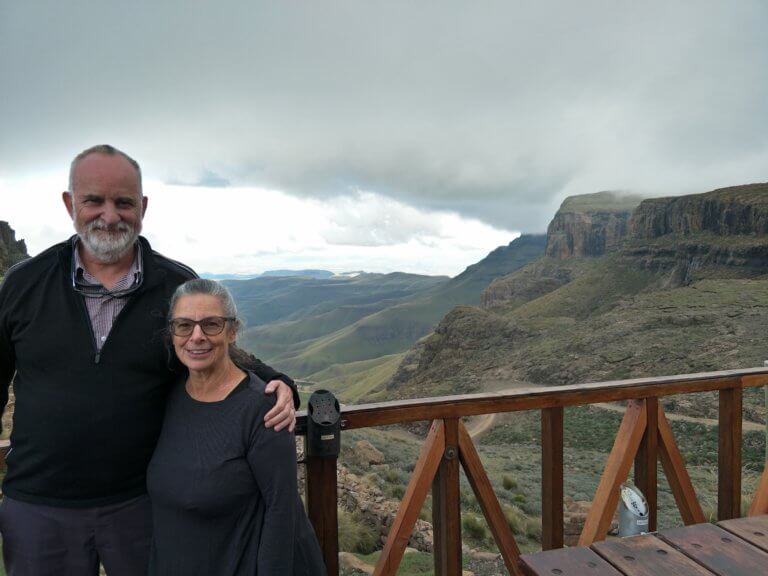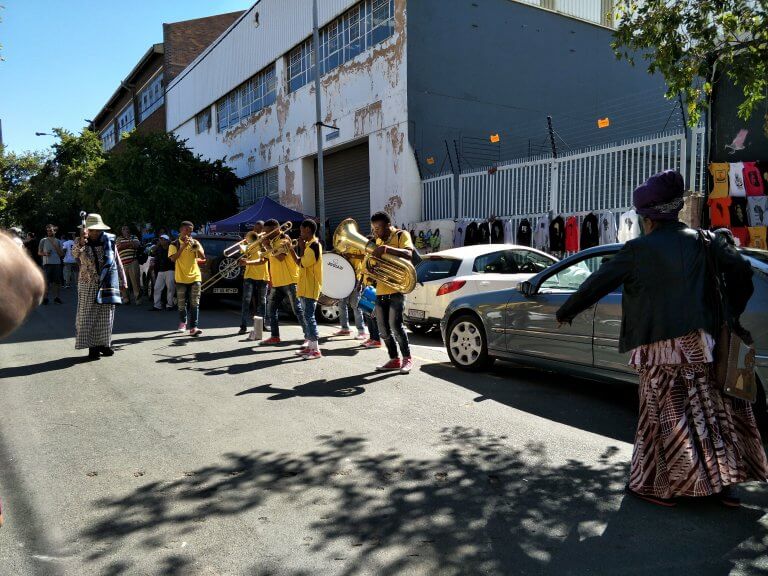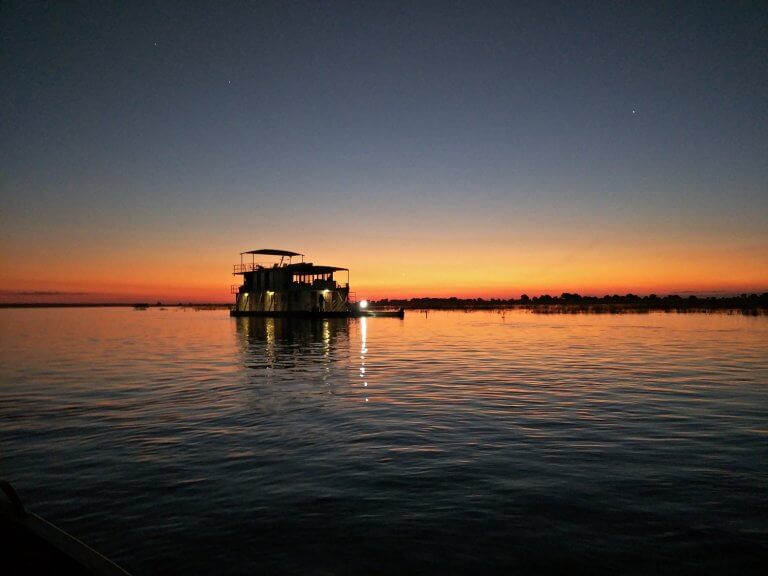
We set off this morning in a Four-wheel drive to the Simien National Park. After about two hours drive through agricultural country we arrived at a registration centre where we had to sign in. At this point we suddenly found ourselves with two new travelling companions. Joshua our guide and Mas described as a tracker. Mas complete with a Kalashnikov and dressed in camos hopped in the back with us. Further in the journey he appeared to have lost our park pass and there were some interesting moments as he squirmed around on the seat with the rifle pointing in all directions. Mel thought that rather than me shooting myself in the foot it might have been done for me. When I asked later why we needed a guy with a gun I was told that “This is Africa and it provides local employment”. It was actually quite fun having a bodyguard and he was a jovial chap, no English but a big smile and liked high-fives.

Anyway about an hour later we arrived at the Simien lodge, which is lauded as the “Highest Hotel in Africa” at 3260 metres. Given that we had been to the “Highest Pub in Africa” earlier in our trip we thought that we might qualify for some kind of Guinness book of records award. We checked into our nicely appointed rondavel albeit with no power.
After lunch we headed out with Joshua and Mas to walk out from the lodge and into the National Park. We went down well-defined tracks until we were able to look down into the valley below created by volcanic and glacial activity. In the valley one could see small farms with no road access. This means that the only way to the weekly market is a four to five hours walk out to the road, where they try to hitch a ride into town.

The National Park is only about 400 square kilometres and is home to at least 10 peaks over 4000 meters which you can see stretching off into the mist .It is also home to a monastery Saddique Amba, established in 1760 and used as a hiding place for sacred relics. Apparently only two monks remain and the relics were stole by the communists when in power. Only four foreigners have ever made it as apparently it is a hard trek then a rock climb to the top.
Anyway we happily ambled down a hill part way into the valley until we came upon a group of Gelada Baboons (or should they be called monkeys?) According to the locals there is an academic debate created by foreign researchers but they, the locals are happy to call them baboons. The “whatever they are called” were contentedly eating their way across a meadow. The males have a wonderful mane, which has earned them the nickname of the lion baboon. After a time watching them eat and play we headed back to the lodge.

That night we saw a documentary made in 2004 about the Gelada Monkeys/Baboons made by the BBC with an Aussie biologist, Chadden Hunt. He had student the Gerada for seven years and it was great watching it and understanding more about how complex their social system is.

